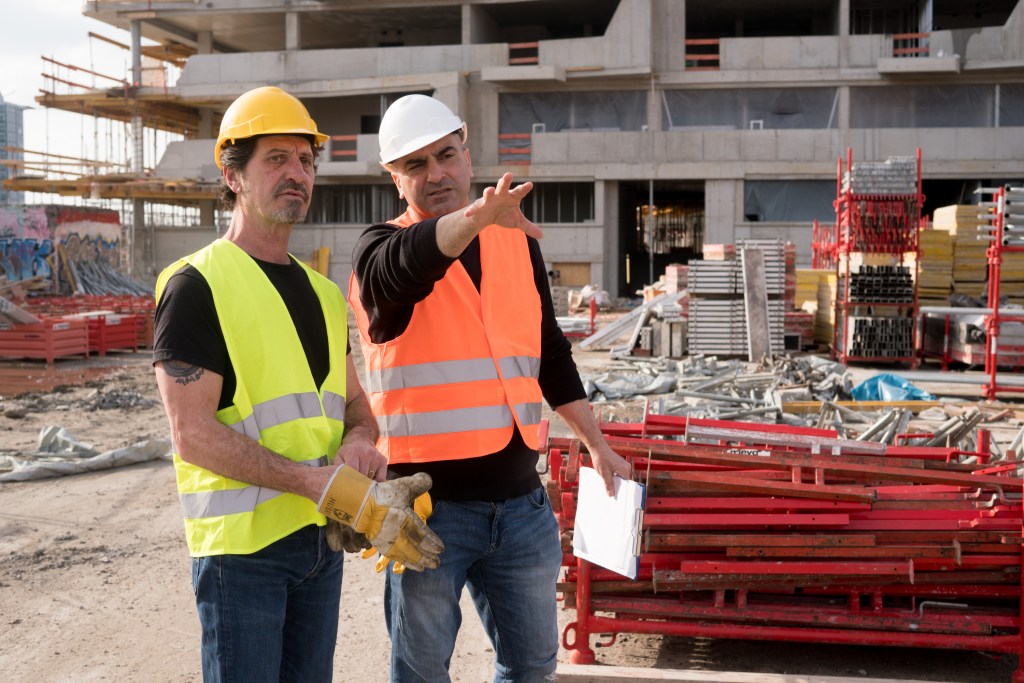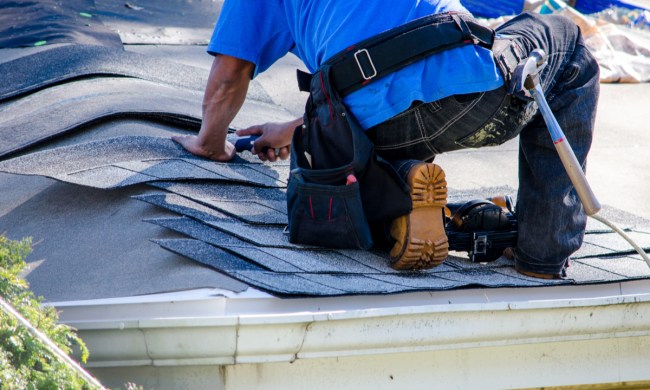A safety inspector in construction is a crucial role to have on any team. They are the ones that make sure safety regulations are being met and that workers are following safety procedures. To become a safety inspector, you will need some experience and education as well as certification from a certifying body like the Board of Certified Safety Professionals (BCSP).
You can expect that if you choose to work for a construction business as a safety inspector, you’ll keep office hours, although you may have to be out on a construction site quite early in the morning. You probably won’t have to work at night, but there may be times, such as an emergency when you might.
As the job title makes apparent, there are safety risks involved with the position, too. You’ll have to wear protective gear to make sure you stay safe when conducting an inspection.
This article will discuss how to become a safety inspector in construction, what safety inspectors do, and how much they earn per year.

What is the safety officer job description?
A safety construction inspector is responsible for overseeing safety procedures on construction sites and ensuring compliance with plans. Safety inspectors may also be the ones to make sure safety equipment is in place or measure pay quantities, depending on their level of experience.
Safety officers will do inspections throughout all phases of a project, checking that safety measures are taken care of and making sure there are no violations of building codes and zoning laws.
As mentioned previously, they’ll need to wear protective gear at times, too. For example, protective clothing is necessary since they’re exposed to hazardous materials such as lead paint and asbestos.
The safety inspector checks to ensure that appropriate signs and barricades have been placed at construction sites and that there is a great plan for utilities and utility lines. A construction safety inspector also needs good organizational skills because they are responsible for inspecting multiple sites each day. Inspectors must plan their route in advance to avoid wasting time or leaving any location they’re responsible for unchecked.
That sounds like the entire job is outdoors or at construction sites, but a safety inspector also does a lot of paperwork back at the office. For instance, they conduct cost estimates, prepare progress reports, and work closely with the project manager to develop all primary phases of a given project.
Finally, they also help to resolve complaints from the general public and property owners.
How to become a safety inspector in construction
Earn a college degree
First, you need to understand that this is not a position for someone who only has a high school diploma or GED. Most employers will desire you to have a bachelor’s degree in a field of study like construction safety, engineering, or occupational health and safety. Some may even require you to have a master’s degree, especially if you want a managerial position.
It might be helpful to get a degree in construction management because topics taught usually include courses on quality assurance and how to operate construction equipment safely. Alternatively, working toward a degree in occupational health and safety might consist of courses on construction site safety laws and management.
No matter what degree you pursue, to be a safety inspector in construction, you’re expected to learn and understand OSHA standards and the primary components and guidelines of occupational health and safety.
Consider learning a second language
If you’re working in North America, some employers may require that you speak English and Spanish to communicate effectively with all employees on site. In most cases, it’s wise to anticipate this need and begin learning Spanish while in high school. At the very least, taking college courses on the subject should be on your “to-do” list.
Additionally, you can supplement your efforts through various smartphone apps, online platforms, or apps.
Acquire specialized certifications
Some things that could help your application are having specialized certifications on your resume. These might include resuscitation and first aid. Remember that accidents can and do happen on construction sites. In emergencies like these, it’s a great benefit to have people who have basic medical skills.
You can find courses in first aid through local community colleges, universities, and hospitals. Some community centers also offer classes in CPR and first aid.
Become certified
As mentioned at this article’s beginning, getting certified by the Board of Certified Safety Professionals (BCSP) is another point in your favor when seeking employment as a construction safety inspector. In many cases, you’ll have to have some experience on the job before gaining that certification, though. Once you get certified, you can legitimately say that you’re a Certified Safety Professional (CSP).

What is the job outlook?
The U.S. Bureau of Labor Statistics argues that the need for construction safety inspectors will increase by about four percent by 2029.
Construction safety inspectors earn an average of $64,862 annually, according to PayScale.com. Of course, your salary will differ depending on the size and location of your company as well as how many years you’ve been in this role.
If any of the above sounds good to you, remember that the safety of construction sites is a top priority for companies. Construction safety officers are in charge of assessing these safety risks and implementing the appropriate safety measures.


